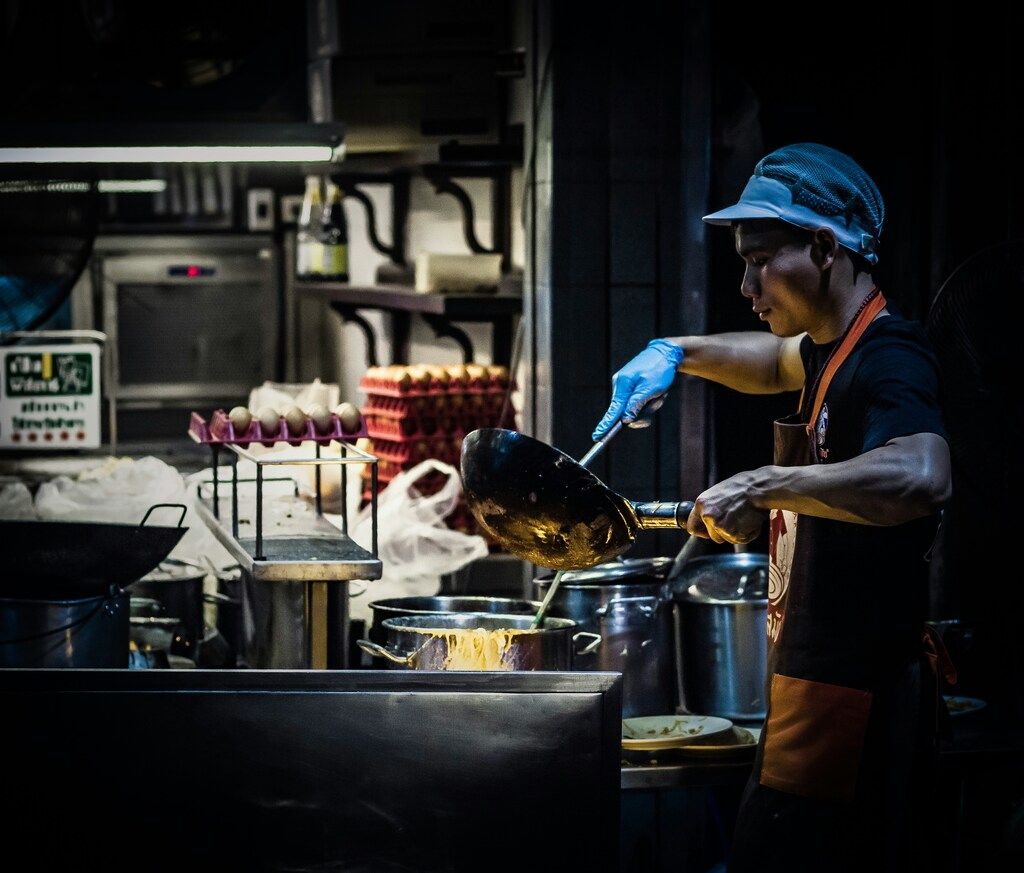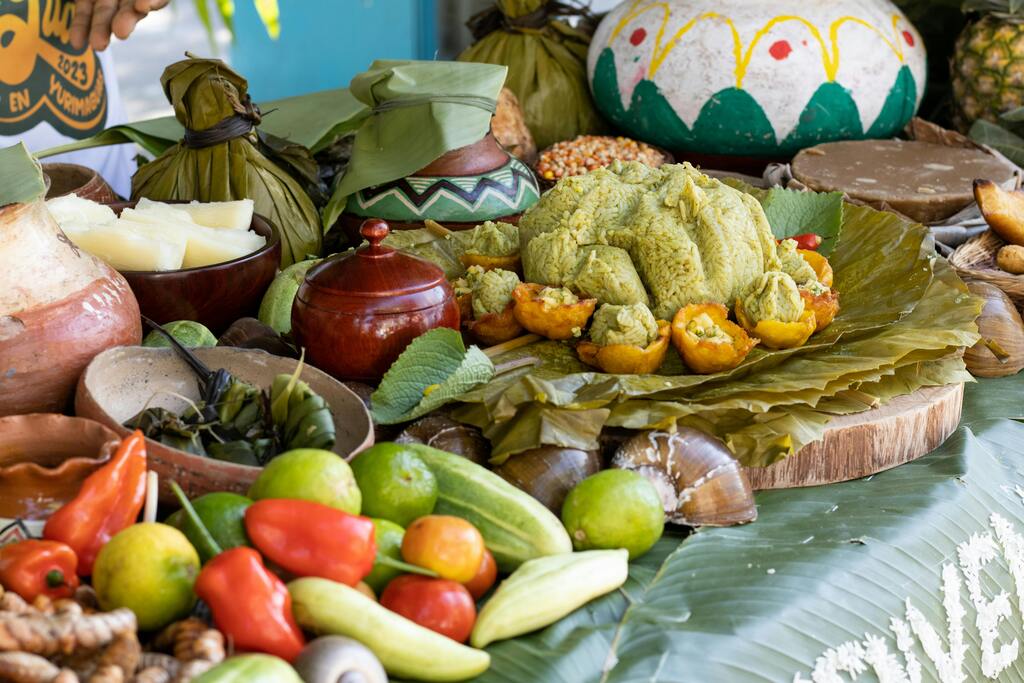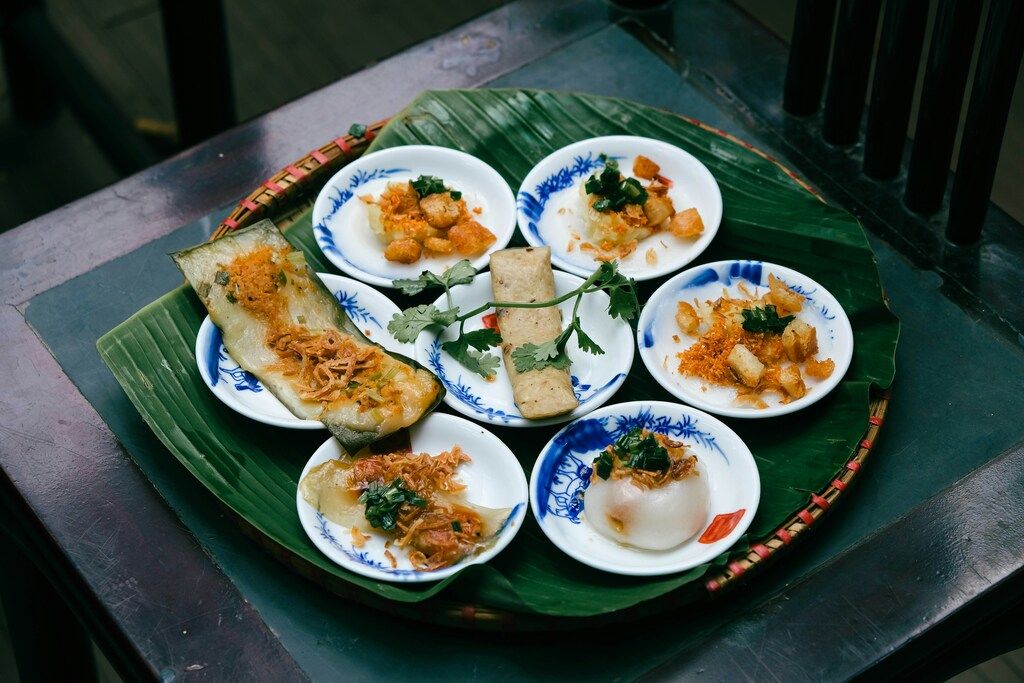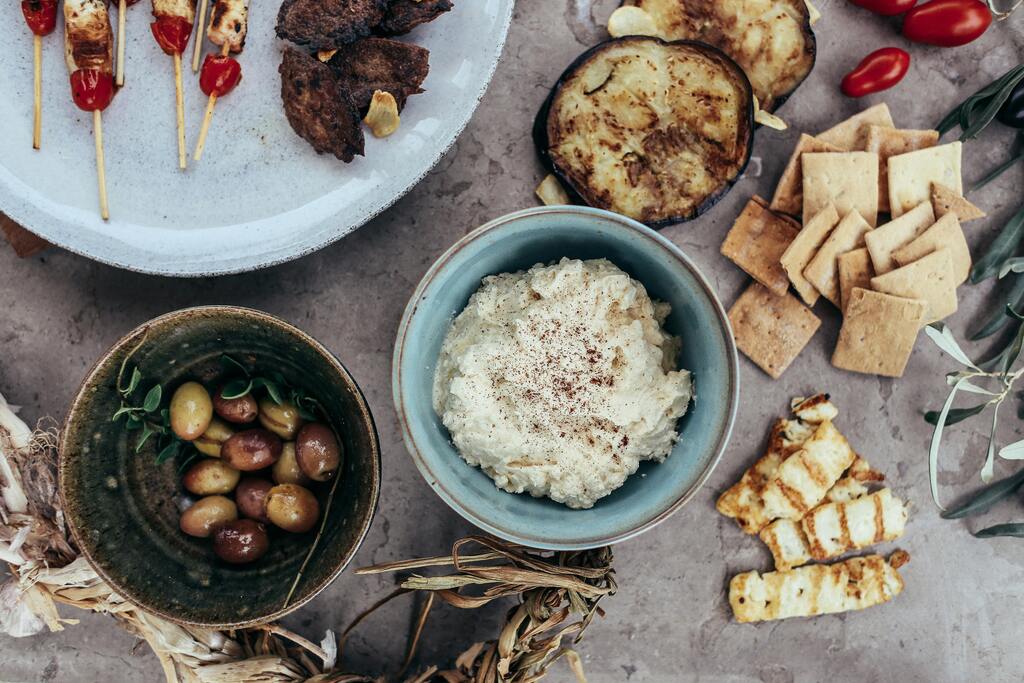

When you think of Jordanian food, think of history, community and an unshakeable sense of hospitality. Levantine cuisine blends comforting Bedouin dishes with vibrant mezze platters, offering a rich and diverse flavour experience. Every bite recalls shared stories and gatherings, with breakfast staples like hummus, falafel, ful medames and warm pita bread.
You may know Jordanian staples like mansaf, falafel, hummus, and maqluba — part of a vibrant, shareable food culture. Trying these dishes won’t break the bank — street food in Jordan is famously delicious and budget-friendly. From mezze tastings to full mansaf feasts, Jordanian cuisine has something to please every palate.
Mansaf: the national dish of Jordan and a symbol of hospitality
In Jordan, mansaf is not a dish; it is a heartfelt conveyance of hospitality, reverence and legacy. You could call it the best Jordanian food. Mansaf is a traditional dish in Amman, often served at weddings, festivals, and other important gatherings. It features tender lamb, slow-cooked in jameed — a fermented yogurt sauce that adds tangy, rich depth. The lamb is served over fragrant rice and topped with almonds and pine nuts for a savory, nutty finish.
The importance of mansaf in Jordan is unparalleled. It’s not just a meal; it’s a rite of passage. It is meant to be shared, placed at the table’s centre so everyone can dig in together. It’s eaten with the right hand using flatbread, as part of a tradition that borders on the spiritual. It’s also important to wash down the mansaf with plenty of goat’s milk or sage tea.
So, when is mansaf eaten in Jordan? You’ll find this dish is brought out on special occasions such as weddings, religious holidays and family gatherings. It’s a time for people to come together and celebrate with good food and company. Eating mansaf connects you to generations past and is a true expression of Jordanian hospitality for honoured guests.
Mezze culture: the Jordanian way to start a meal
In Jordan, food is always better when shared. Mezze embodies this same spirit — small plates shared at the start of a meal, full of variety and flavour. For Jordanians, mezze means coming together, talking and sharing in pleasure. Popular mezze includes hummus, baba ganoush, tabbouleh, labneh with olive oil and za’atar, and bowls of briny olives.
To eat, simply use loads of pita to scoop up as much of the spreadable goodness as you like. Ultimately, the beauty of mezze is in its diversity. Each plate brings something unique — like the silky creaminess of hummus or the smoky depth of baba ganoush. Some dishes are light and zesty, like tabbouleh with parsley, tomato and bulgur; others are rich, like creamy, tangy labneh. Labneh is topped with olive oil and za’atar, an aromatic herb blend that adds bold, earthy character.
Pickles and olives add brightness, their sharpness balancing the richness of the dips and spreads. The joy of mezze is in the sharing and the conversation. In Jordan, it’s not really about the food. It’s about being with the people you care about. Whether at a café or family table, mezze is about sharing, connecting and creating lasting memories over food.
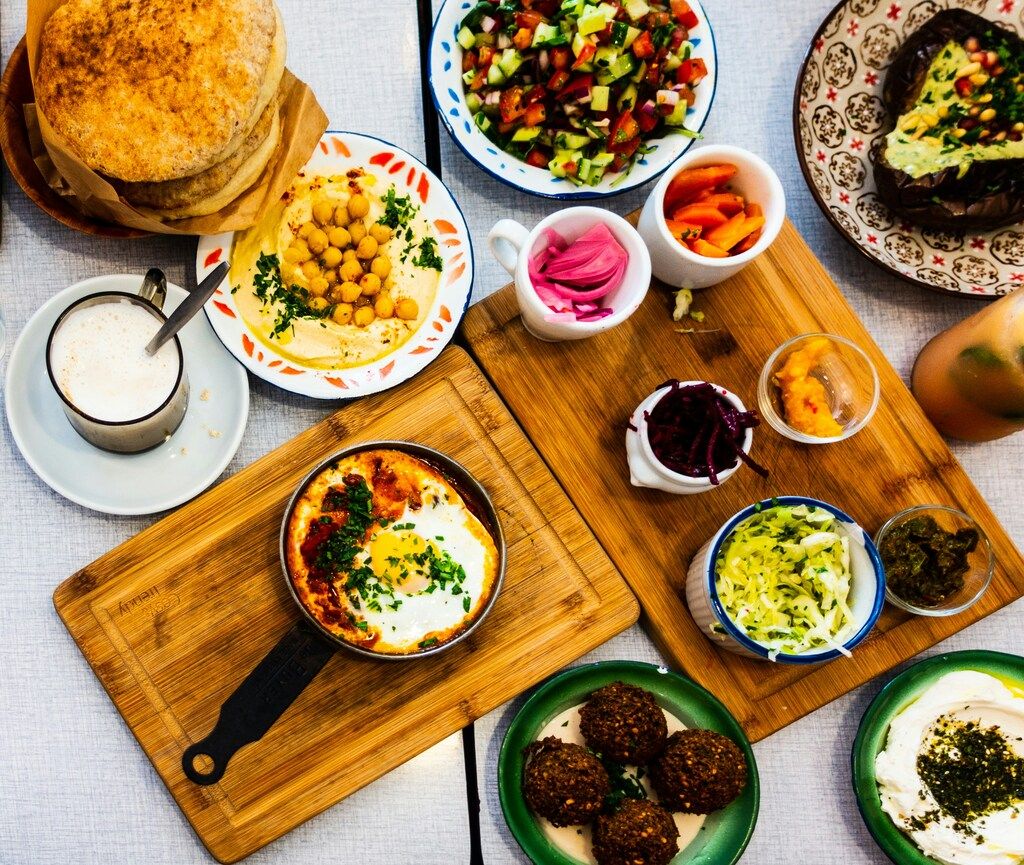
Falafel and hummus: Jordan’s unbeatable breakfast duo
If there is one breakfast that Jordanians can agree on, it is the dynamic duo of falafel and hummus. Beloved by all, falafel and hummus are just as welcome at breakfast as they are at lunch or dinner. Golden, crispy falafel pair perfectly with creamy hummus made from chickpeas, tahini, lemon juice, and garlic. This combination makes for an unexpectedly addictive breakfast — no surprise it’s a morning favourite across Jordan. It’s simple and satisfying, which makes for a delicious recipe for success.
Enjoy falafel and hummus with warm pita, pickled vegetables, and a small glass of tea. Each falafel is aromatic with spices and herbs, the outside satisfyingly crunchy and the inside light and fluffy. Hummus is creamy and smooth, with the aroma of raw garlic and the richness of quality chickpeas. Because it’s quick and light, many Jordanians grab it on the go from popular street vendors before work.
For a classic Amman hummus and falafel experience, head to Hashem — a beloved local spot serving for decades. Whether you want to grab breakfast on the run or spend time guzzling tea and half-moons of pita covered with falafel and hummus with friends, this is the place. It’s also a wonderful way to ease into Jordanian food: simple, inexpensive and honest-to-goodness home cooking.
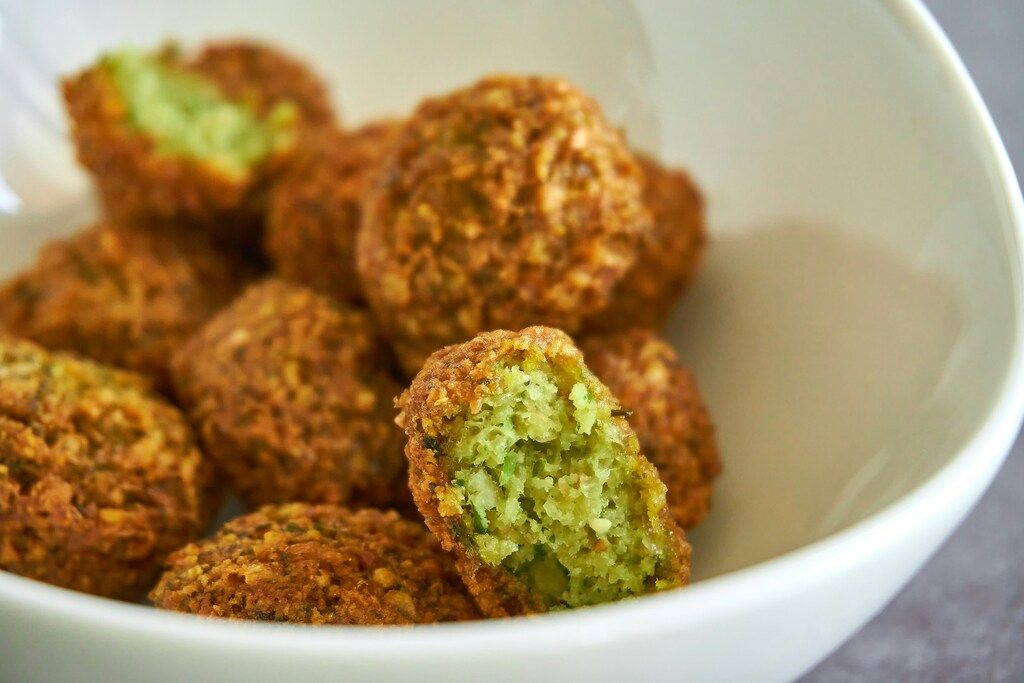
Maqluba: the upside-down rice dish you’ll crave
If you’re looking for a dish that looks stunning on a plate and hits all the right spots in your taste buds, maqluba is the right one. The word means “upside-down” and refers to a grand dish of rice and meat cooked in layers. This dish is all about layers: spiced rice, meltingly soft meat (usually yoghurt-fresh chicken or rich lamb) and a plethora of vegetables like eggplants, potatoes, cauliflower and carrots. The genius of this dish lies in its presentation: a two-handled pot of rice, meat and vegetables is quickly flipped over into a serving dish so you see a crisp golden crust on the rice, painted over with golden skeins of fried onions and smoky almonds and pine-nuts. The rice and its flavours seep deep into the reserve of meat, creating a heady blend of tastes and fragrance.
Maqluba is a dish that takes time to prepare, so it’s often cooked for a large family lunch or at a restaurant. While the rice, meat and vegetables cook together, their flavours meld together, becoming one delicious mouthful after the next. Each layer of maqluba brings something different to the dish and when combined, they give this simple-looking dish great depth and complexity. The tender meat melts through its fattiness, the vegetables are luscious and rich with their cooking juices and the rice is fragrant with a heady mix of spices and meatiness. When in Jordan, look for this dish because it’s a real treat.
Zarb: a Bedouin barbecue cooked under the sand
For a truly one-of-a-kind dining experience, you have to try Zarb, a traditional Bedouin barbecue that’s cooked in the desert under the sand. Zarb is made by slow-cooking meat (typically lamb, chicken or goat) and vegetables in an underground clay oven. The meat is seasoned with an assortment of spices and wrapped in foil before being buried in a pit of hot coals. It’s cooked for several hours, which allows the meat to soak up the flavours of the coals and the earth.
The meat comes out incredibly juicy and tender and the vegetables are infused with the spices and aromas of the barbecue. Zarb is usually cooked in the desert, which makes it the perfect entree after spending a day exploring Wadi Rum, one of the most beautiful and iconic destinations in Jordan. As you sit around the fire warming up in the cool desert air and getting to know your fellow travellers, it’s not just a meal but an experience that connects you to the land and the Bedouin lifestyle. To learn more about the desert, food culture and where to try Zarb in person, check out this guide to what to see in Jordan.
Shorbat adas: the humble lentil soup with soul
When the temperatures drop or when it’s Ramadan, there’s nothing more soothing than a bowl of shorbat adas, a traditional Jordanian food in the form of lentil soup. Shorbat adas is found on every Jordanian food list and in many households as well. This soup is great for warming your body and soul, especially during the winter. Lentils, onions, garlic and an array of spices are simmered to create the fragrant, palate-pleasing soup. Cumin and coriander are typical seasonings in this dish and lemon juice is also added to freshen up the flavours.
Shorbat adas may be a classic appetiser, but it’s substantial enough to eat for lunch or dinner by itself. The flavours of this soup are loved by everyone and you will notice it is traditionally served during the month of Ramadan. By adding just a slice of chilli spice to the soup, it will satisfy your stomach instead of serving as a heavy dish. Something you will appreciate about Jordanian cuisine is how low-key the majority of the dishes are. Shorbat adas is one of those dishes — and it represents Jordan without any screaming.
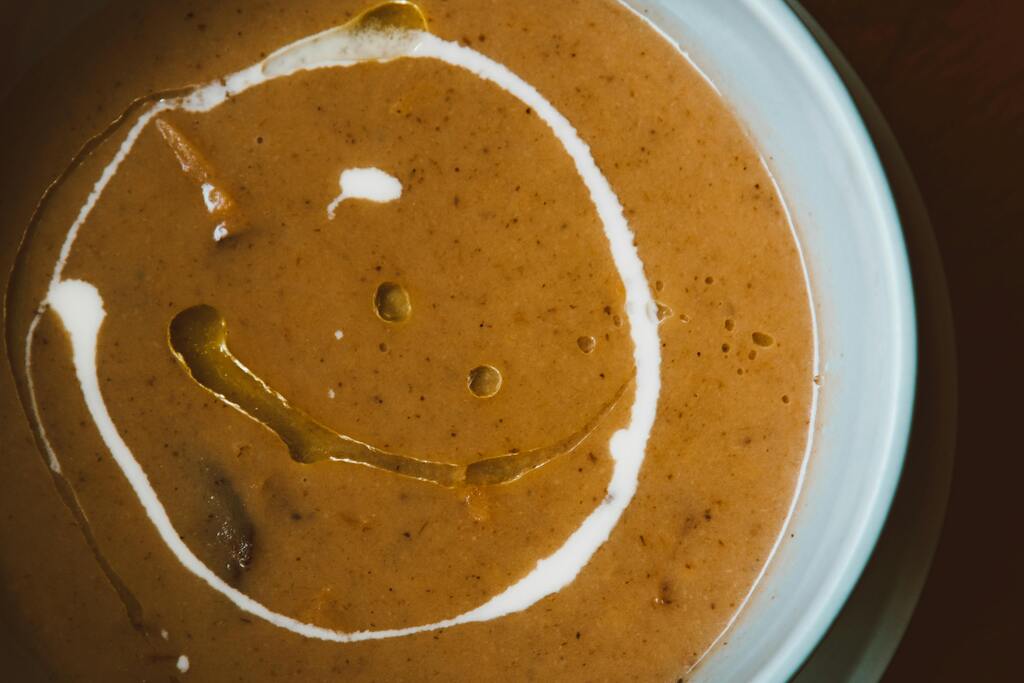
Shawarma and kebab: street food done right
Shawarma and kebab are two of the most popular street foods in Jordan and with good reason. Both are tasty and quick to make and both offer plenty of flavour. Shawarma is made from meat that is seasoned, cooked on a rotating spit, sliced thin and served in pita with vegetables, tahini and pickles. Kebab is meat that has been marinated, skewered — and cooked over an open flame, often giving it a smoky or charred flavour.
Shawarma and kebab are often eaten as a meal or snack. The meat is seasoned with a variety of spices — such as cumin, paprika and garlic — and cooked until it is tender and juicy. Once the meat is cooked, it is sliced and placed in a pita along with the vegetables and toppings. Shawarma and kebab are often served with garlic sauce or tahini and sometimes with pickles or hot sauce.
If you want to try shawarma and kebab in Jordan, the best place is Amman, the capital city. Here you can find many street vendors selling these two popular dishes. Shawarma and kebab make a great street food as they are easy to make and are also very filling. For the love of shawarma and kebab, find a guide to the best time to visit Jordan and make the most of the trip, especially when it comes to food.
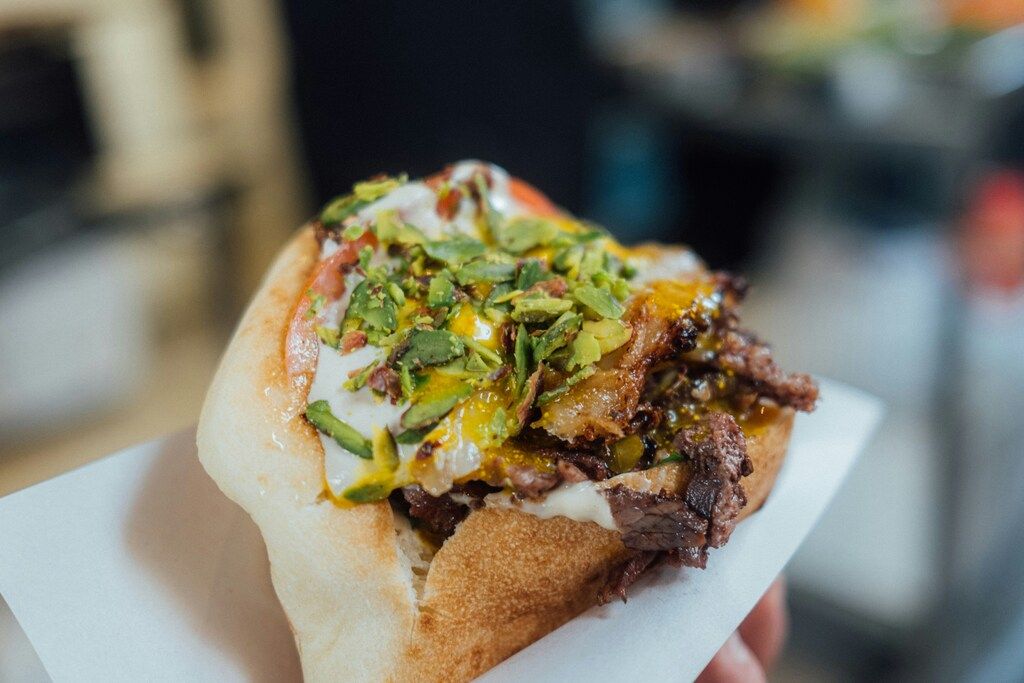
Kunafa: the sweet ending you didn’t know you needed
You can honestly enjoy any meal given the range of finger-licking dishes in Jordan, but always save a tiny space for dessert. What’s better than ending a good meal with a sweet kunafa? This deliciously rich dessert is made with thin layers of pastry that have been soaked in sugar syrup and filled with sweet, gooey cheese or semolina mixture. Kunafa is best served warm, sprinkled with crushed pistachios and paired with a cup of tea.
You may see it pulled out of the oven at weddings and birthdays — but kunafa is also found on the menus of cafes and bakeries across Jordan. While in Amman, try and sample a dish of your own at Habibah Sweets, where a tray of piping hot kunafa is made fresh with a side of Jordanian hospitality. If you have a sweet tooth, then kunafa is the dessert for you. Every syrup-soaked bite goes straight to your soul and the chewy goodness of the center will leave you feeling satisfied.
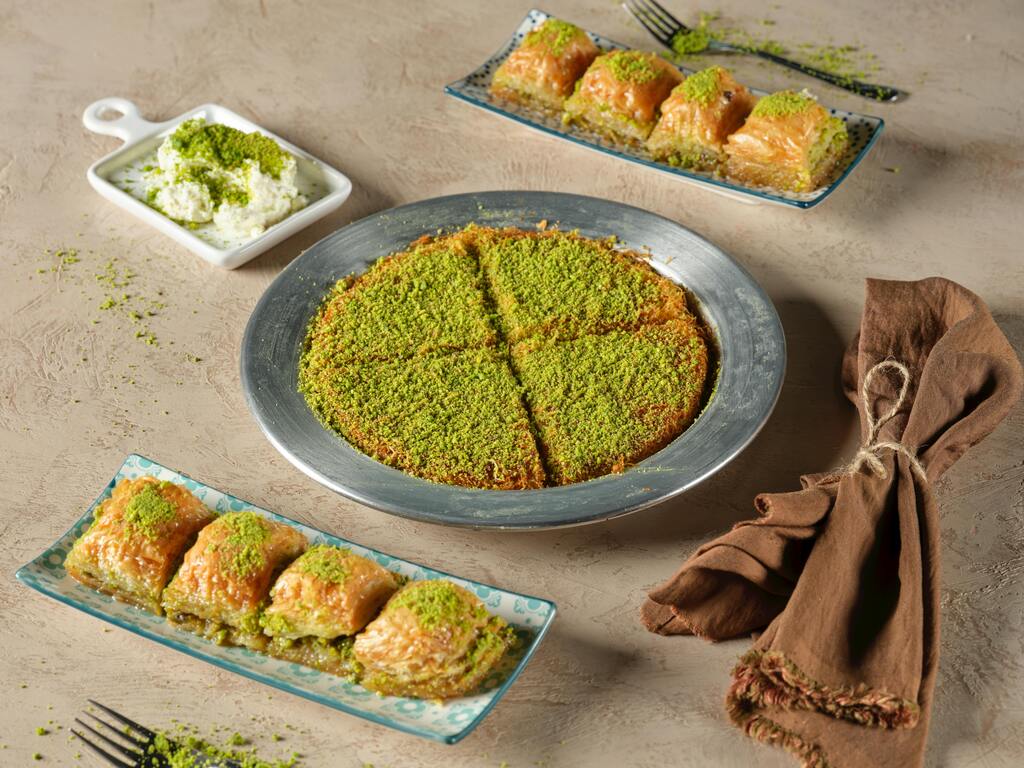
Taste your way through Jordan: food, culture, and unforgettable flavors
Jordanian food draws a connection between the land, people and culture. Mezze encourages community, mansaf showcases Jordanian generosity and the nation’s culinary traditions pay homage to dishes that have held a prominent position at Arab dinner tables for centuries. Jordanian food reflects the country’s values: hospitality, community and tradition.
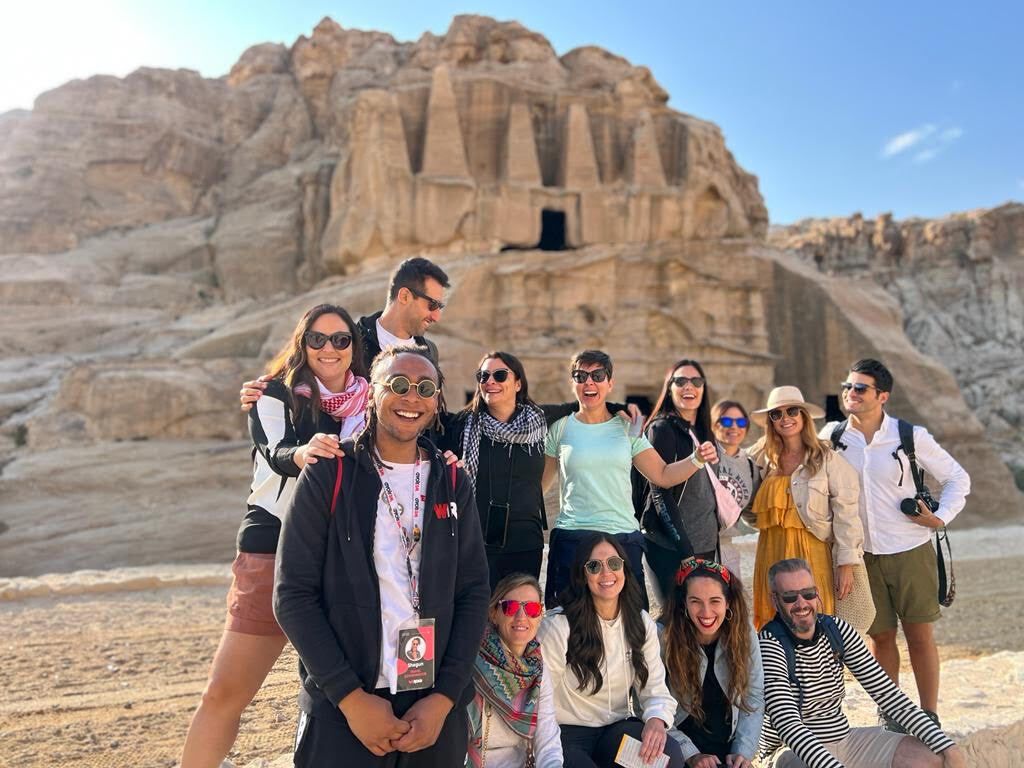
Every dish has a tale to tell, whether it’s the lamb that’s been braising for hours in your mansaf, the smokey aroma of the Zarb oven or the warmth of a bowl of shorbat adas. While you can take this trip alone, there’s no better way to enjoy it than with people who share your love for adventure. Want to taste authentic Jordan with fellow travellers? Join this organised group trip to Jordan and discover the country through its food, landscapes and traditions.

